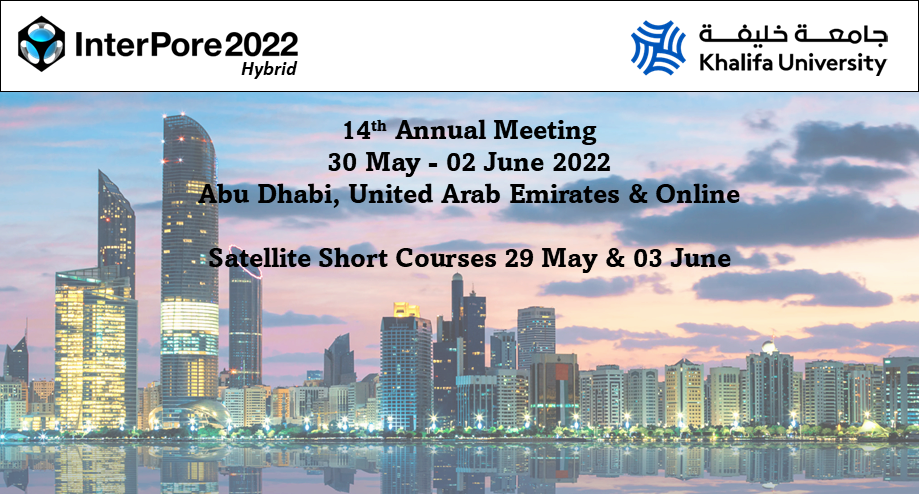Speaker
Description
The porosity and permeability relationships in carbonate reservoirs are complicated and do not have an easily derivable upscaling functions due to the complex multi-scale pore systems and diagenetic history during the formation of the reservoir. This paper aims to share a proof-of-concept microporosity study in the Central Luconia carbonate fields, Malaysia that is based on 2D and 3D imaging techniques. This study analyses the relationship between microporosity and permeability for Miocene carbonate samples using 2D thin section and 3D Computed Tomography (CT) scan images. First, the heterogeneity of our carbonate samples is examined using Routine Core Analysis (RCA) porosity permeability results, micro-CT images and Scanning Electron Microscope (SEM) images. Then, the amount and size of the microporosity is quantified by Mercury Injection Capillary Pressure (MICP) laboratory analyses and Winland equation by observing pore throat size with less than 10 µm. The amount of microporosity and the contribution of microporosity towards permeability are then analysed analytically based on 2D digital image analysis (DIA) and 3D digital core analysis (DCA). Based on the findings, Central Luconia carbonate samples contain significant amount of microporosity, ranging from 15 to 83% of the total measured porosity. The porosity-permeability matching accuracy decreases with increasing amount of microporosity in the samples. In addition, we have extended the microporosity-permeability relationship from 2D to 3D using the Darcy-Brinkman-Stokes (DBS) model with different structural attributes and pore features.
| Participation | Unsure |
|---|---|
| Country | Malaysia |
| MDPI Energies Student Poster Award | Yes, I would like to submit this presentation into the student poster award. |
| Time Block Preference | Time Block A (09:00-12:00 CET) |
| Acceptance of the Terms & Conditions | Click here to agree |









